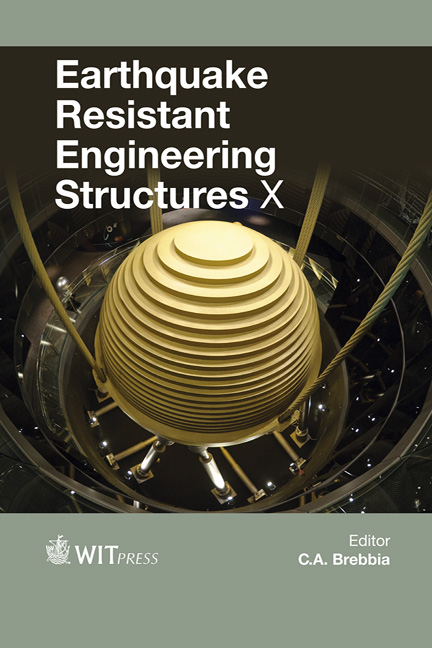Dual Control Connections In Frames For Earthquake Resistance
Price
Free (open access)
Transaction
Volume
152
Pages
11
Page Range
135 - 145
Published
2015
Size
1,179 kb
Paper DOI
10.2495/ERES150111
Copyright
WIT Press
Author(s)
M. C. Phocas, T. L. Sophocleous
Abstract
The behaviour optimization of structures under severe dynamic actions, such as earthquakes, is being increasingly aimed at the control of the stiffness and damping properties of structures. The present paper examines an alternative control mechanism for achieving dynamic structural adaptability. To achieve a larger degree of freedom in the members’ control design, a novel dual connection of the primary members of the frame is proposed, which can initially “filtrate” the moment transmission at the joints. The connection consists of elastomeric material fixed at the primary joint areas and the lower column areas of three frames. The elastomeric shear connections are activated from the beginning of the horizontal excitations of the frame. Consequently, the stiffness of the primary system is no longer restricted to the geometric relations of the connected members. The elastic connection enables, primarily, a displacement increase of the structures and a slight increase of their energy dissipation performance. Based on three representative international strong earthquake motions of differing frequency contents, respective numerical nonlinear analyses of a SDOF system exemplify the earthquake performance of the controlled frames with elastic connections. In perspective, the stiffness control concept may enable further objectives in the design to be achieved for a stepwise adaptation by the primary system to the external acting forces through an increase of its damping properties.
Keywords
earthquake resistance, frame structures, passive control, elastomeric connections





